Up Next

On the evidence of the running during Formula 1’s Spanish Grand Prix weekend so far, the tyre challenge looks quite different to that of Silverstone last week, but may be equally dominant in determining the outcome.
Mercedes boss Toto Wolff certainly thinks so, perhaps unsurprisingly after his cars’ surprise defeat by Max Verstappen’s Red Bull in last week’s circumstances.
“The only similarity between Silverstone and Barcelona this week is the ambient and the track temperatures, but the track itself is very different,” he said.
“So, we don’t expect the same blistering issue like in Silverstone. But nevertheless, more overheating. And I believe that the Red Bull masters those conditions very well.
“I think the work that has been done during the week, and from yesterday to today was good. I think we have improved and that is most important.
“And I hope we can give him a run for his money, but definitely Max needs to be seen as the favourite based on yesterday’s long runs.”
There are essentially three mechanisms of tyre performance that determine race strategies and their relative importance varies from track-to-track, day-to-day. They are wear, blistering and thermal degradation.
Wear dominated the British Grand Prix outcome, blistering in the following week’s 70th Anniversary GP. What will it be in Spain?
Wear
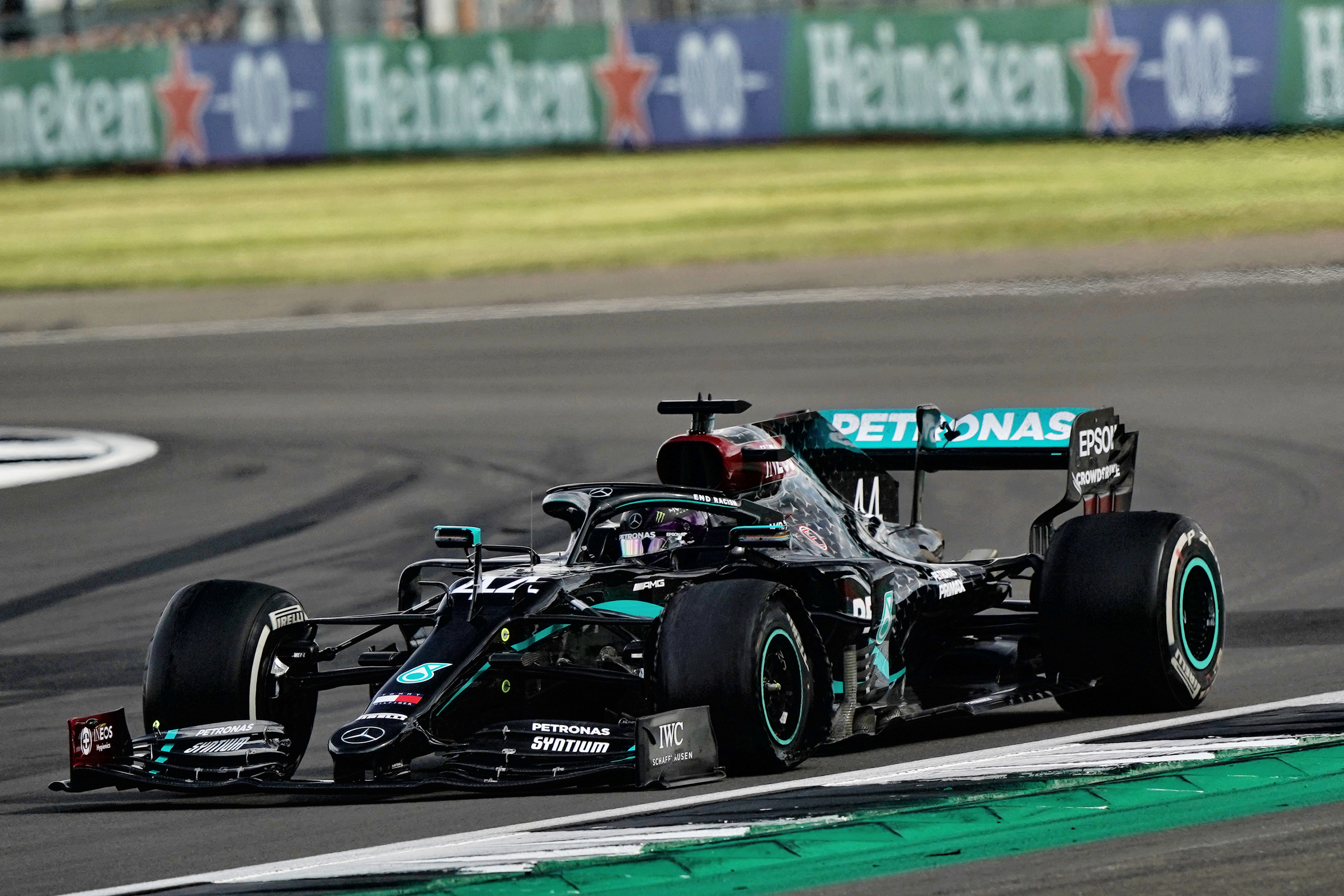 If the tyres can withstand the loads without overheating the core, as was the case during the British Grand Prix, there will be little or no thermal degradation. In which case, so long as there is no blistering, the limiting factor becomes wear – literally how much tread there is on the tyre.
If the tyres can withstand the loads without overheating the core, as was the case during the British Grand Prix, there will be little or no thermal degradation. In which case, so long as there is no blistering, the limiting factor becomes wear – literally how much tread there is on the tyre.
The tyre will perform well, close to its peak level, right up until the moment there is no tread left – which is when the tyres failed so dramatically for Valtteri Bottas, Carlos Sainz Jr and Lewis Hamilton at the British GP.
But even with no thermal deg or blistering, the tyres may still need to be managed in order to achieve the ultimate strategy.
If the 20 seconds or so an extra pitstop costs cannot be made up by driving flat-out rather than at a slightly managed pace, then the one-stop obviously becomes the preferred strategy – i.e. the way to get to the end of the race in the shortest possible time involves managing the pace a little and stopping only once.
This is fine if doing so does not run you into the wear limit. But it might.
Blistering
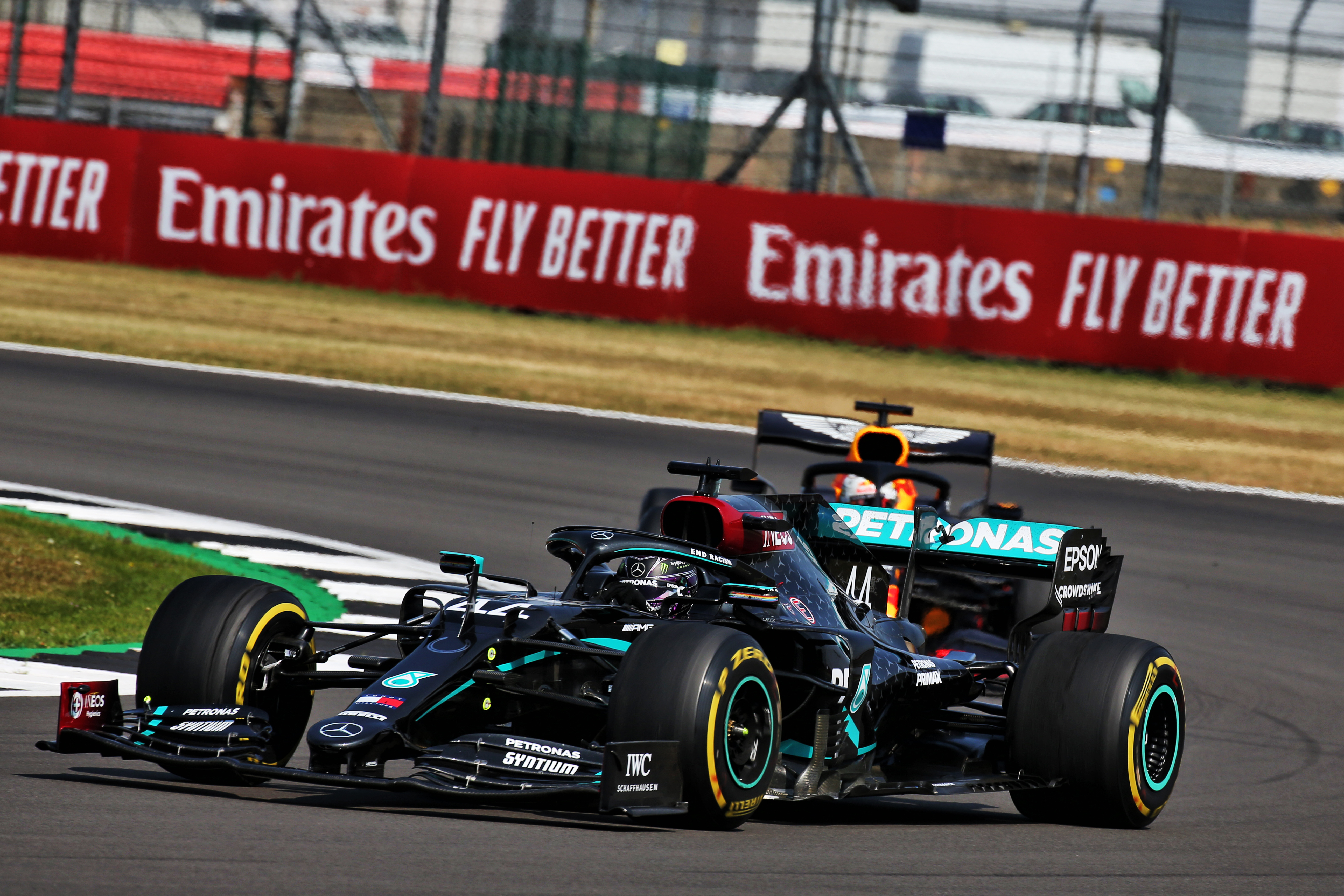 The wear limit is of little concern if you do a two-stop or if the thermal degradation is so high that the performance disappears way before the tread does.
The wear limit is of little concern if you do a two-stop or if the thermal degradation is so high that the performance disappears way before the tread does.
At the 70th Anniversary race, because the compounds were softer, a two-stop was the default strategy as the softer compounds wear faster than the hard ones, especially at high track temperatures. Because they were two-stopping, in theory the drivers would be able to push harder.
But the Mercedes drivers quickly found that they could not. The combination of the very high minimum pressures imposed by Pirelli and the high track temperatures meant that around Silverstone’s sweeps the part of the tread with maximum stress overheated and formed blisters.
The excess heat which causes the blisters usually occurs from the interface between the belt and the tread. The more tread there is on the tyre, the more heat build-up there will be.
So a tyre pushed too hard, too early (either by the driver or the traits of the car and track) can generate excessive heat build-up between the tread and the plies to which it’s bonded, causing excess movement and heat generation and thence blisters.
If the tyre can be nursed until more of the tread has worn away, blistering will often cease to be an issue.
Thermal deg
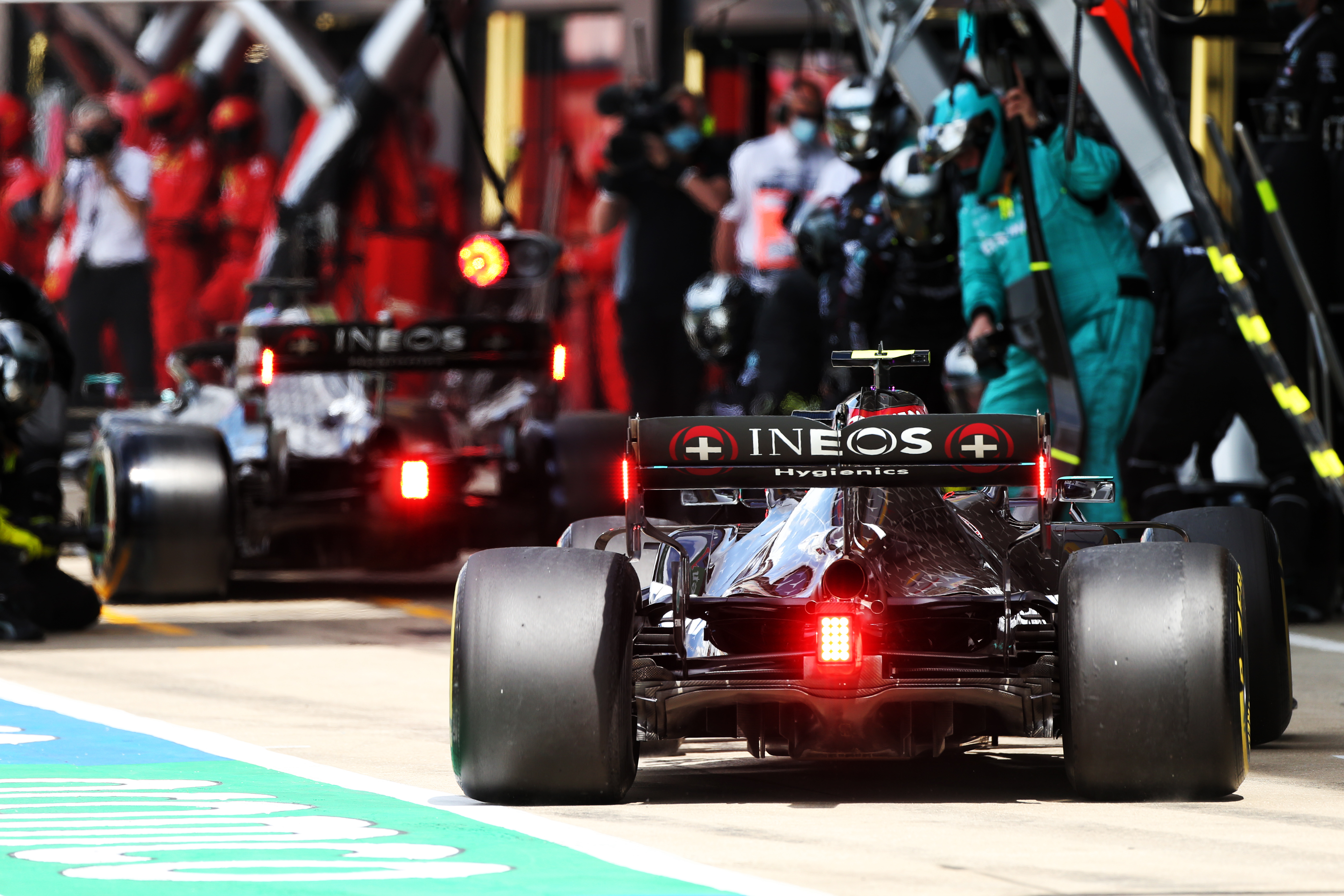 Thermal degradation occurs when the core of the tyre is not able to adequately stand up to the loads and loses some of its rigidity.
Thermal degradation occurs when the core of the tyre is not able to adequately stand up to the loads and loses some of its rigidity.
As the loads begin to create more movement in the core, so it overheats and can no longer support the tread as well. Without that support, the tread simply cannot grip as hard.
So it can be that there is still plenty of tread left but the tyre has become hopelessly slow – so slow that it will be quicker to make a pitstop and fit a fresh set.
Alternatively, as with wear-limited situations, it can be faster to drive slowly! By driving just slowly enough to keep the thermal degradation at bay, the one-stop can be faster than the two.
So long as the difference in pace between the two approaches costs less than 20s, it will be faster to one-stop.
What might the rubber have in store for today’s race? Verstappen’s Red Bull team-mate Alex Albon gives us a clue:
“Last week it was a blistering issue and that’s where we were much stronger. We didn’t blister. We had almost negative deg while the others had pretty severe [blistering].
“By the looks of it, this weekend it looks like it won’t be blistering that’s the issue, but pure deg. Which means our advantage isn’t as strong as it was in Silverstone.
“So although I think we can be strong it won’t be as strong as Silverstone.”
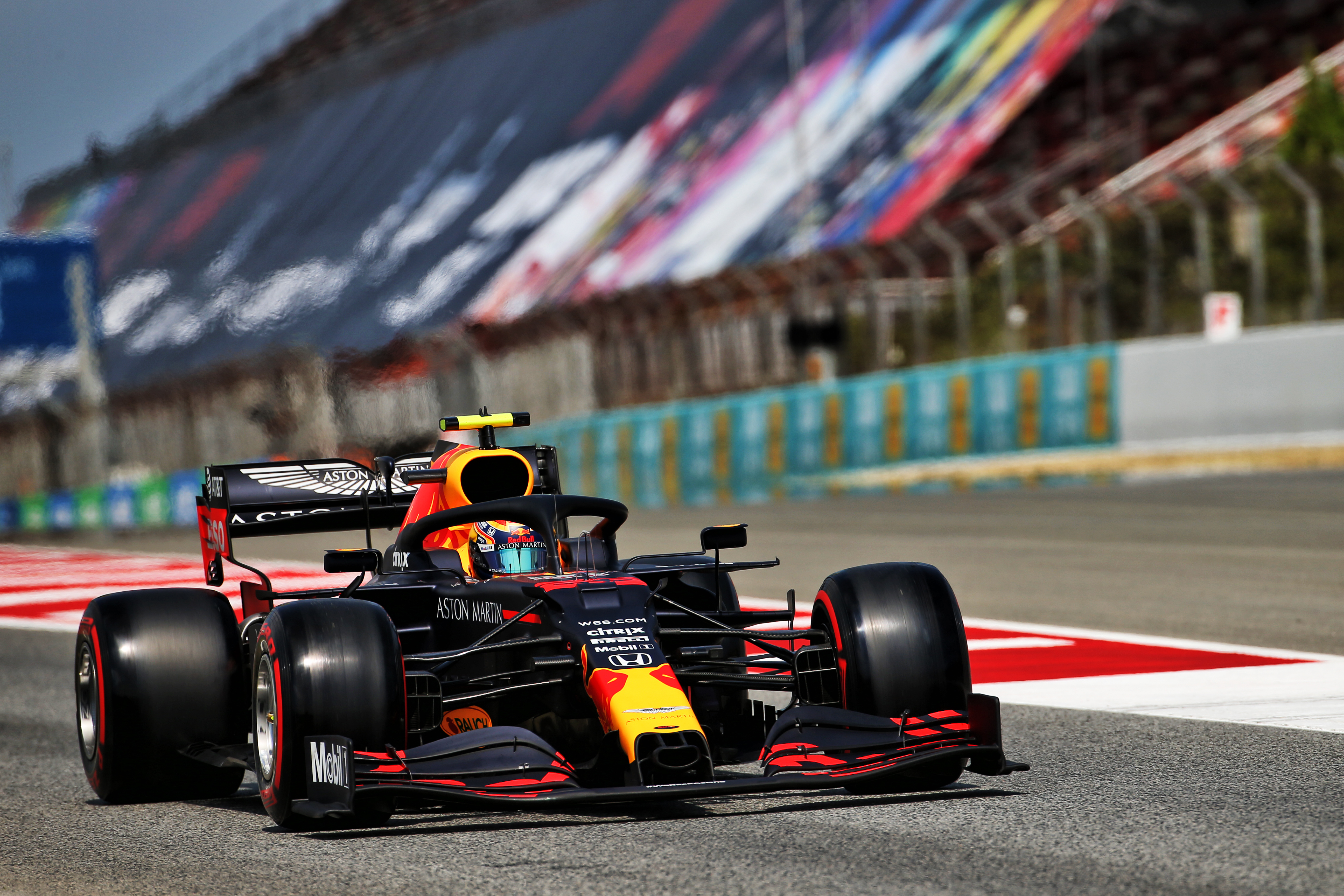
The pace difference between blistering and a perfectly healthy tyre is obviously big. That between one tyre with a higher thermal deg rate than another tends to be less big.
Barcelona’s long, fairly fast turns do not impose as high a peak loading as Silverstone’s sweeps – hence they are not putting that extreme peak load which so stressed the interface between belt and tread on the Mercedes at Silverstone.
But the Catalunya circuit’s turns are of longer duration and don’t have much straight in which to cool before they arrive at the very tyre-demanding tight twists of the final sector. Hence thermal degradation.
The Friday long runs suggested that there was actually very little to choose between the Mercedes drivers and Max Verstappen’s Red Bull over a series of laps, even though the Mercedes can put around 0.7s on the Red Bull over a lap of qualifying.
Which suggests that the Red Bull is inducing slightly less thermal deg than the Mercedes. Enough to be able to save a pitstop?
There’s a complication to that, as Pirelli points out:
“A one-stop race is going to be marginal on wear, whichever combination of tyres is used, so the best way is definitely a two-stopper for the 66-lap grand prix.
“The fastest way on paper is two 19-lap stints on the soft compound plus a 28-lap run on the mediums, probably using the medium for the second stint.”
But maybe Verstappen can conjure enough extra life to beat the Mercedes by one-stopping on the assumption they have to two-stop.
Or maybe he can undercut them to get into free air to take advantage of how the Red Bull’s tyre usage allows him to push harder?
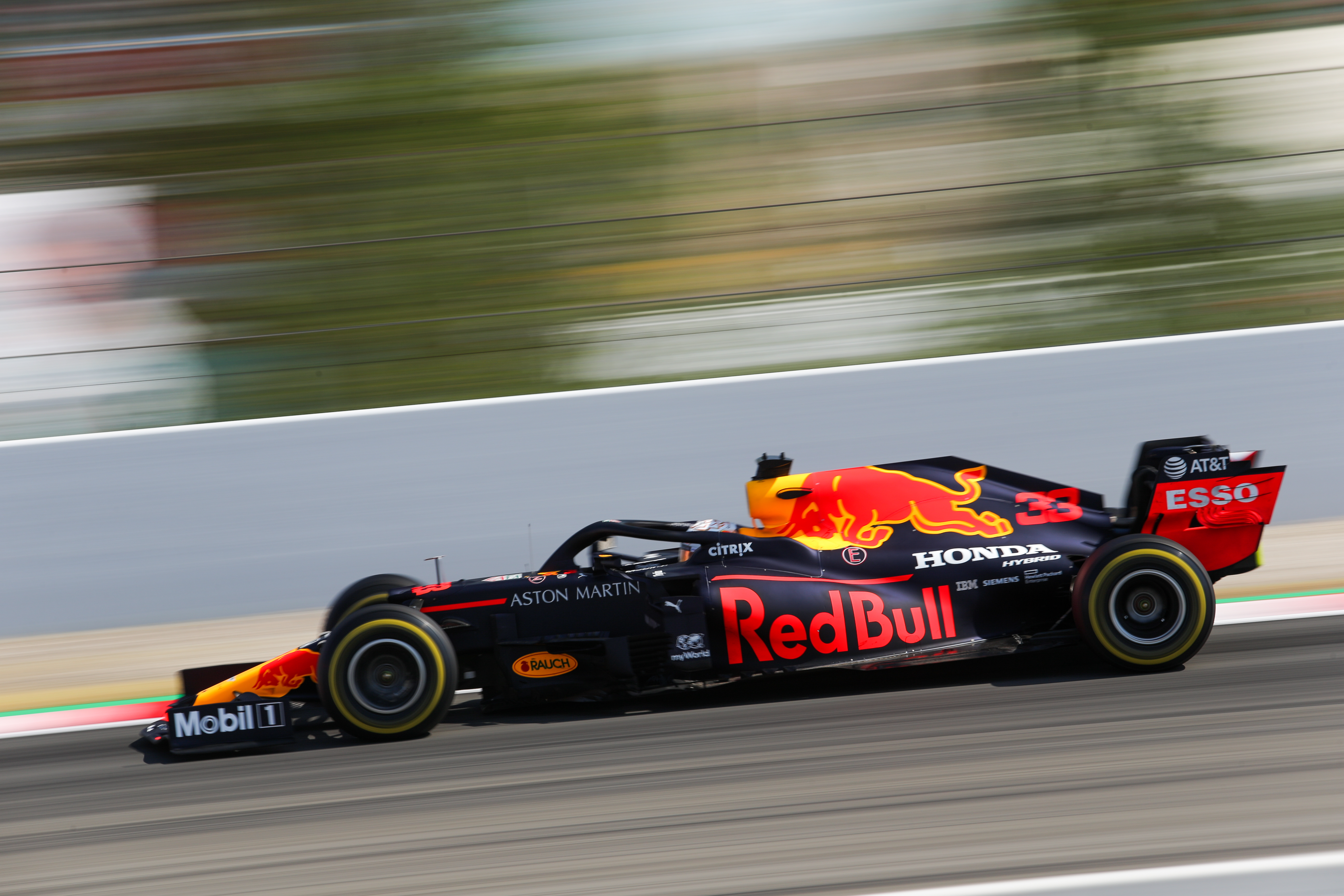
“It’s so tough to manage the tyres at these temperatures,” said Hamilton after qualifying.
“It looks like we’re on par [with Verstappen] on race pace so it’s going to be a tough battle.”
Mercedes’ track engineering chief Andrew Shovlin feels that the practice sessions couldn’t give a detailed enough picture and that it’s too close to call.
“The challenge is really going to be down to two things: How much you’re wearing the rears and how much you can look after them, but also just the overheating on the surface of the tyre and trying to keep the surface under control because that just costs you grip and then you generate more wear,” he says.
“And if we look at Friday, there’s not enough data to get a good picture on whether we are slightly ahead, slightly behind, whether we have better degradation or who can go further out of us and Verstappen.
“So the way that these races go, you get going on the first stint and within sort of 10 or 12 laps you’re trying to build that picture of who’s got the quicker car, who’s looking after the tyres best.
“And we need to decide, are we going to be playing a defensive strategy or are we in a position where we can build a gap and control the race?
“At the moment, we don’t know which of those it will be. We’ve got to plan for both eventualities.”
And what does Verstappen think of his own chances in these circumstances?
“I felt very happy in the long runs with the balance of the car and the behaviour of the tyres,” he said.
“So yeah, I hope I can be close enough to put the pressure on.”





